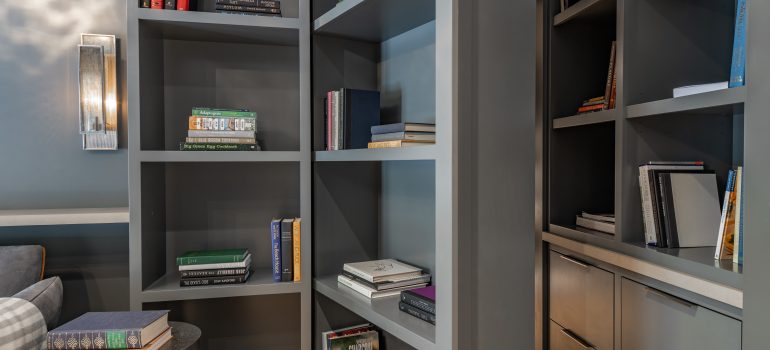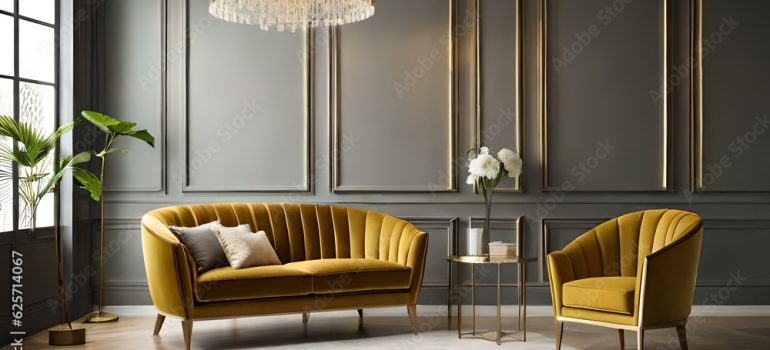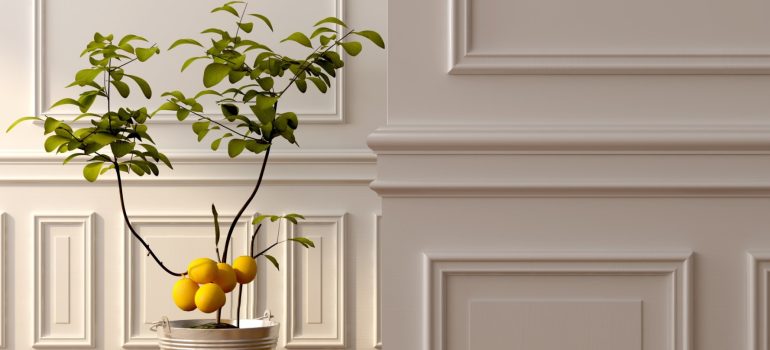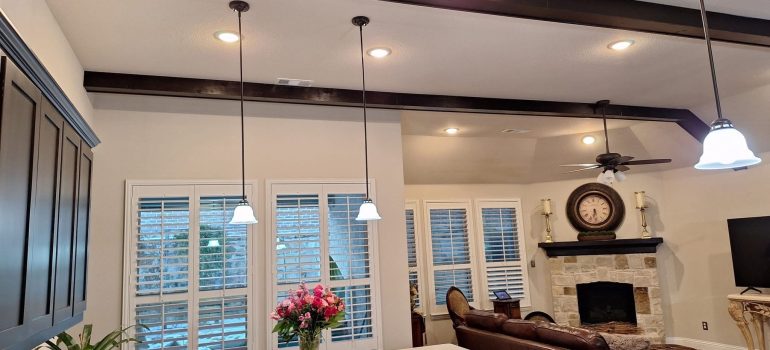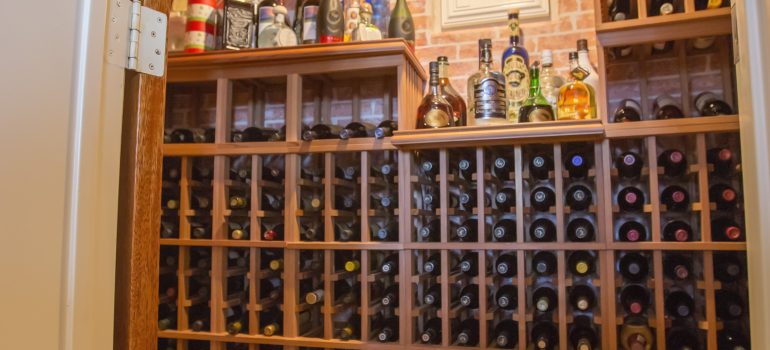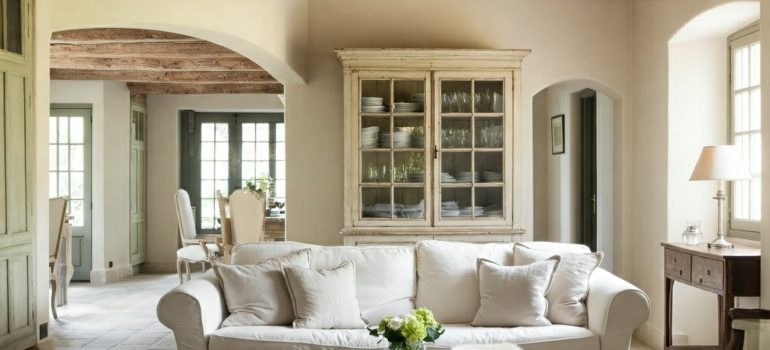Why Have a Hidden Room in Your Home
There are several reasons why someone might want a hidden room in their home, ranging from practical security needs to personal enjoyment. Here are some of the most common motivations:
Security & Safety
-
-
-
- Panic Room: A hidden space can serve as a secure retreat in case of emergencies like break-ins or natural disasters.
- Safe Storage: A concealed room is ideal for storing valuables, firearms, or important documents away from potential intruders.
- Emergency Shelter: Some homeowners design hidden rooms as storm shelters or bunkers.
-
-
Privacy & Seclusion
-
-
-
- Home Office or Study: A hidden space provides a quiet place to work, read, or focus without distractions.
- Meditation or Relaxation Room: A secret escape for peace and solitude.
- Private Conversations: A place to hold confidential discussions.
-
-
Entertainment & Fun
-
-
-
- Secret Home Theater: A concealed room can serve as a high-end, private movie-watching space.
- Game Room or Speakeasy: A hidden bar, arcade, or gaming lounge adds a unique touch to a home.
- Library or Reading Nook: A secret book room behind a rotating bookshelf is a classic dream for book lovers.
-
-
Aesthetic & Architectural Appeal
-
-
-
- Historical or Vintage Homes: Some homes incorporate secret passageways as part of their charm.
- Novelty & Uniqueness: Hidden doors and rooms can add a sense of wonder and exclusivity to a property.
-
-
Maximizing Space
-
-
-
- Storage: A concealed room can serve as a clutter-free storage area for seasonal decorations, hobbies, or extra supplies.
- Hidden Guest Room: A secret spare bedroom can serve as a unique guest suite.
-
-
Childhood Dreams & Family Fun
-
-
-
- Kids’ Playroom: A secret space for children to play and explore can be a fun addition to a family home.
- Secret Passageways: Some homeowners simply love the idea of hidden doors and secret hallways, inspired by mystery novels and movies.
-
-

